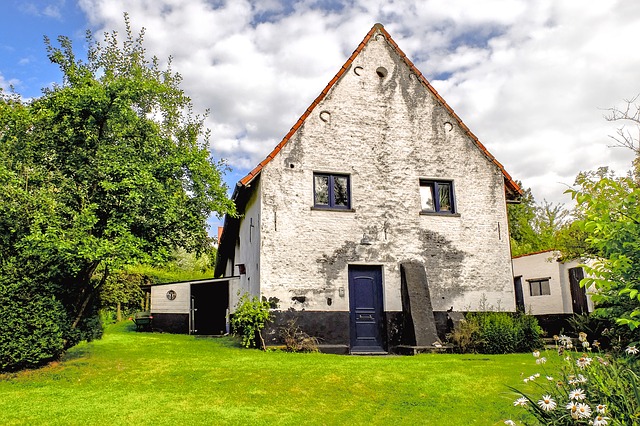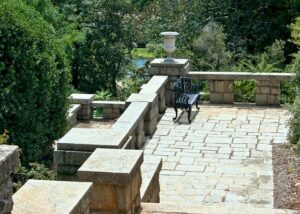Introduction
Mustard algae, also known as yellow algae, can be a persistent and unsightly problem in swimming pools. This type of algae is resistant to regular chlorine treatments and can quickly spread if not properly addressed. In this article, we will explore effective methods to eliminate mustard algae and keep your pool clean and algae-free.
Understanding Mustard Algae
Mustard algae (Phaeophyta) is a type of single-celled organism that can thrive in swimming pools. It is commonly found in shaded areas or pools with poor circulation. Mustard algae can appear as yellow or brownish patches on pool surfaces, and it is notorious for its ability to cling to pool walls, steps, and other surfaces.
Identifying Mustard Algae
Before treating mustard algae, it is important to correctly identify it. Unlike other types of algae, mustard algae can be easily brushed off the pool surface, but it quickly reappears. It also has a slimy texture and can be resistant to regular chlorine levels. If you suspect mustard algae in your pool, it is advisable to perform a simple test using a chlorine tablet. Place the tablet on a visible algae spot and hold it there for a few minutes. If the spot lightens or disappears, it is likely mustard algae.
Effective Treatment Methods
1. Shock Treatment: Mustard algae requires a higher concentration of chlorine to eliminate it effectively. Shocking the pool with a strong chlorine shock treatment is often the first step in treating mustard algae. Follow the manufacturer’s instructions for the appropriate amount of shock treatment based on your pool size. It is recommended to use a chlorine shock specifically designed to combat algae.
2. Brushing: Brushing the affected areas vigorously is crucial in removing mustard algae. Use a pool brush with stiff bristles to scrub the walls, steps, and any other surfaces where algae is present. This helps to break up the algae and expose it to the chemicals in the water.
3. Algaecide: In addition to shock treatment, using an algaecide specifically formulated to target mustard algae can be highly effective. Algaecides work by disrupting the algae’s ability to grow and reproduce. Follow the instructions on the algaecide product carefully, as different brands may have varying application methods.
4. Filtration and Circulation: Proper filtration and circulation are essential in preventing and treating mustard algae. Ensure that your pool’s filtration system is functioning correctly and clean or backwash the filter regularly to remove any trapped algae. Improving circulation by running the pool pump for longer periods can also help in preventing algae growth.
Prevention Tips
Preventing mustard algae from returning is just as important as treating it. Here are some preventive measures you can take:
1. Maintain Proper Chlorine Levels: Regularly test and maintain appropriate chlorine levels in your pool. Mustard algae is less likely to thrive in a well-chlorinated pool.
2. Brush and Vacuum Regularly: Regularly brushing and vacuuming the pool surfaces can help prevent algae growth. Pay extra attention to shaded areas and corners where algae tends to accumulate.
3. Maintain Proper pH and Alkalinity: Keeping the pH and alkalinity levels balanced is crucial in preventing algae growth. Test the water regularly and make necessary adjustments to maintain the recommended levels.
4. Maintain Good Circulation: Ensure proper water circulation by running the pool pump for an adequate amount of time each day. This helps prevent stagnant water, which can promote algae growth.
Conclusion
Mustard algae can be a persistent problem in swimming pools, but with the right treatment methods and preventive measures, it can be effectively eliminated and kept at bay. Remember to shock the pool, brush the affected areas, use algaecides, and maintain proper filtration and circulation. By following these steps and practicing good pool maintenance, you can enjoy a clean and algae-free swimming pool.
References
– Poolcenter.com
– Swimuniversity.com
– Swimline.com













